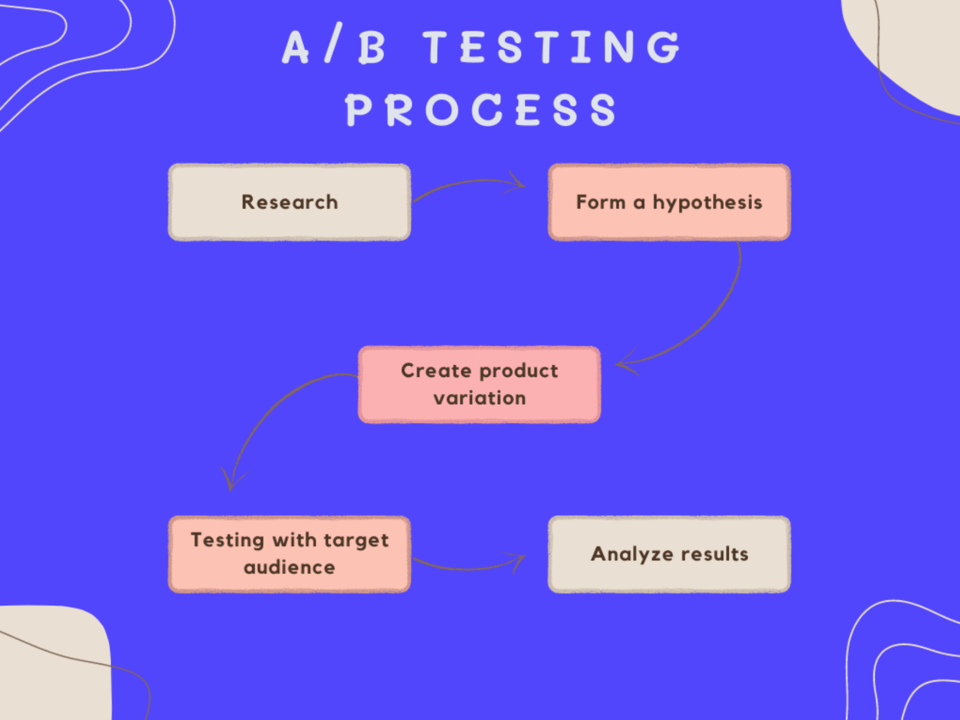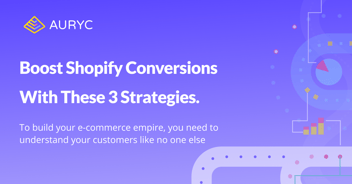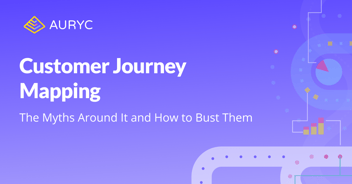Ideas run a business. A company thrives on new product ideas, a website relies on new features being thought of. But how do you ensure that an idea is viable? Any idea for an existing business makes sense if your audience accepts and loves it. This is where market test methodology comes into play. Globally, over 77 percent of companies use test methodologies such as A/B testing to improve their websites.
What is A/B testing?
A/B testing is a market test methodology where you test your product with respect to a certain variable. You test the product acceptance in the market with the variable feature and then you test the market reaction to your product without the feature. This way, you understand the feasibility of including the feature, its importance in the long term, and the changes you need to implement to make it better.
A/B testing is often called Split testing because the test audience is split into two groups and then asked to use the product with or without the feature. This way, you can receive real-time customer feedback and decide if the feature adds real value to your product.
What is A/B testing in e-commerce?
For e-commerce websites, every new feature is meant to help the customer with their purchasing decision. A/B testing facilitates testing new features such as free shipping, colors, disguised ads, and CTA placements with a target audience group.
How does A/B testing work?
While it is a fairly new testing methodology, A/B testing is pretty straightforward in its approach. Let’s discuss the basic steps involved in A/B testing in detail.
Research
The first step to any successful market test methodology is research. Your research and find out everything you can about the features you need to test, the KPIs (Key Performance Indicators) you need to measure them against, and the current features your customers are having issues with.
Form a hypothesis
Once you understand your current performance stats, you can set a goal that you intend to achieve with the new set of features being tested. You can use the consumer data you collected to understand the gaps in your product and work towards developing features that your customers are expecting.



